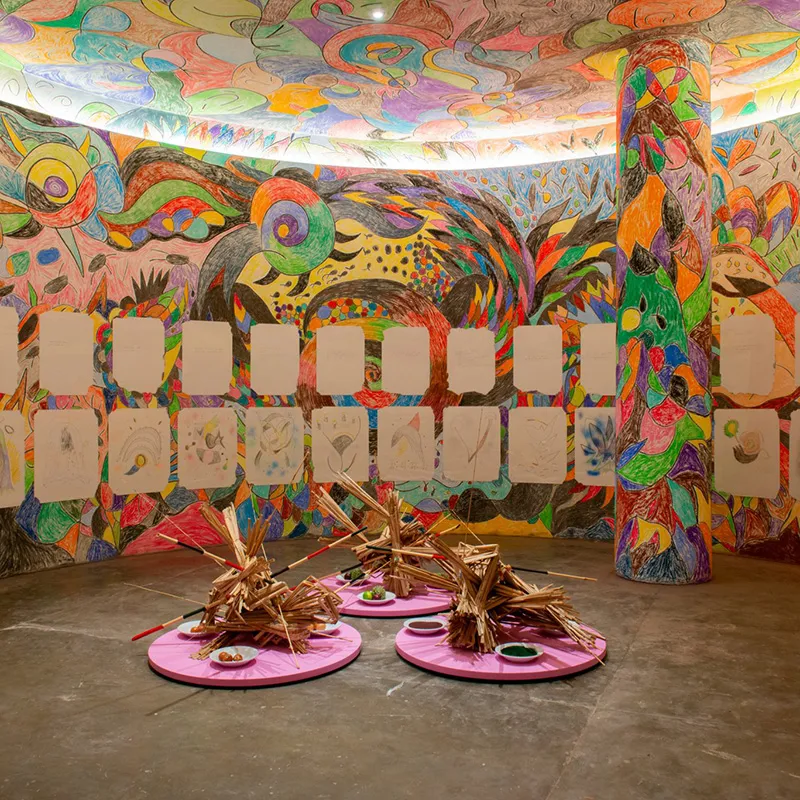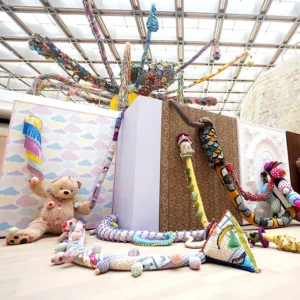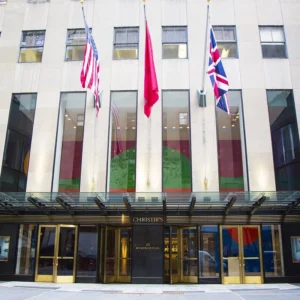The 35th Bienal de São Paulo, Latin America’s largest contemporary art exhibition, embraces a theme that encourages artists and viewers to embark on a collective journey of discovering new potentials and movements within seemingly insurmountable constraints: Choreographies of the Impossible.
Curated by a Black-majority team, a first for this prestigious event hosted in a Black-majority nation, the edition carries a profound message about the lasting reverberations of colonialism.
The Bienal fearlessly confronts pressing societal issues like racism, patriarchy, capitalism, and state violence. It encourages critical examination and uncovers the ‘civilizing’ tactics used in the conquest and exploitation of African, Asian, and South American nations, with railway lines as emblematic examples.
Within the exhibition’s narrative, there are several standout works that require our attention.
Setting the stage, the inaugural installation by Ghanaian artist Ibrahim Mahama serves as a poignant symbol of the scorched earth left in the wake of colonialism.
“Thuë pihi kuuwi,” a documentary piece by Aida Harika, Edmar Tokorino, and Roseane Yariana, provides a powerful critique of the ongoing genocide of the Yanomami people resulting from deforestation and mining activities.
“Killing us Softly… with their SPAMS…” (2023) by Kidlat Tahimik is a sprawling, immersive installation that starkly depicts the violence associated with colonial invasions, complete with invading military forces armed with chainsaws and scenes of brutality that leave a lasting impression.
While the exhibition features grand installations, some of its most impactful moments are found in quieter, contemplative works. Artists like Rolando Castellón and Tadáskía explore themes of transformation and spirituality, offering a sense of respite from the exhibition’s more confrontational aspects.
The Bienal de São Paulo is on view through December 10, 2023.
Featured Image: Tadáskía, Mystical Black Bird (2022) installation view at the 35th Bienal de São Paulo. Courtesy of Levi Fanan and Fundação Bienal de São Paulo





